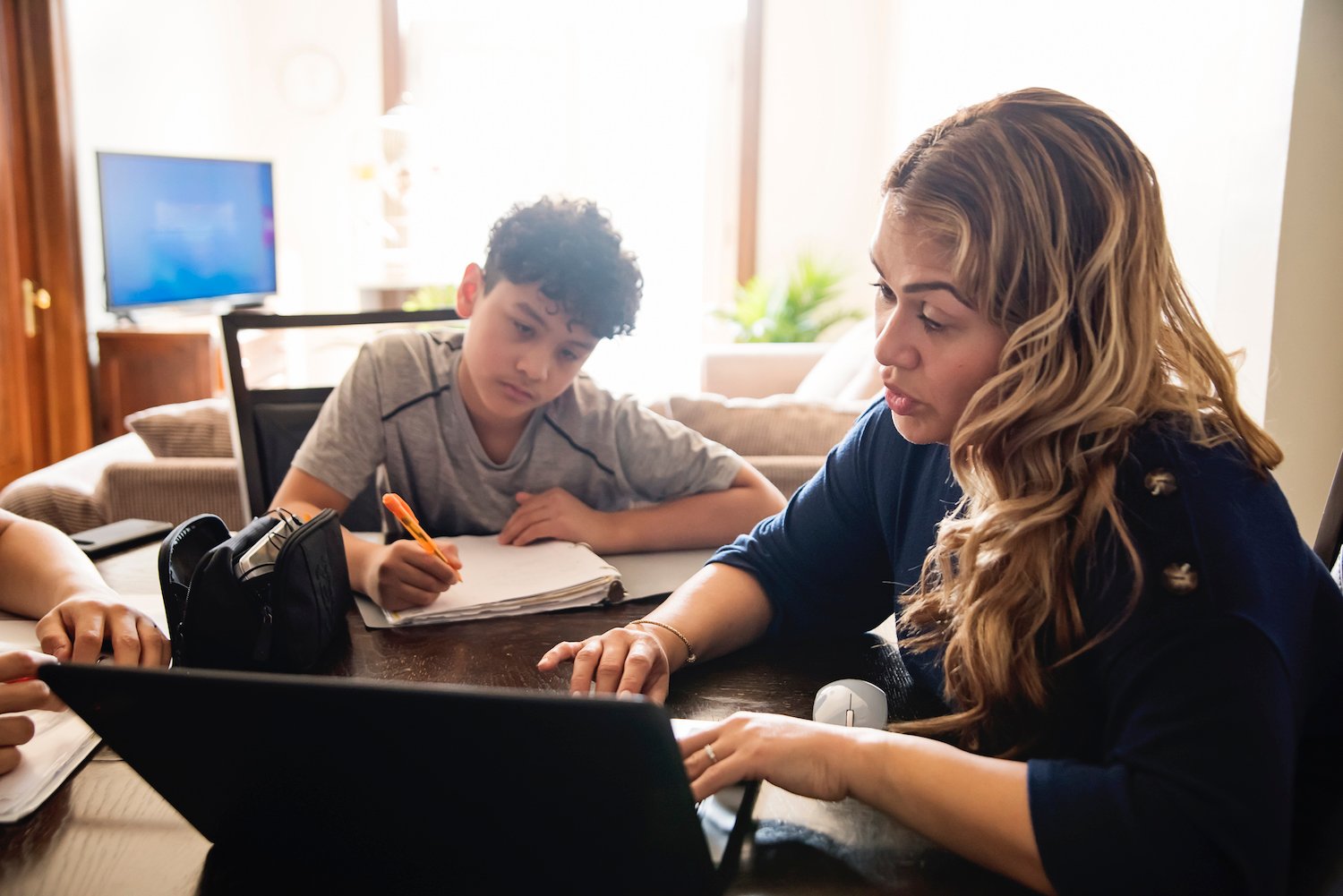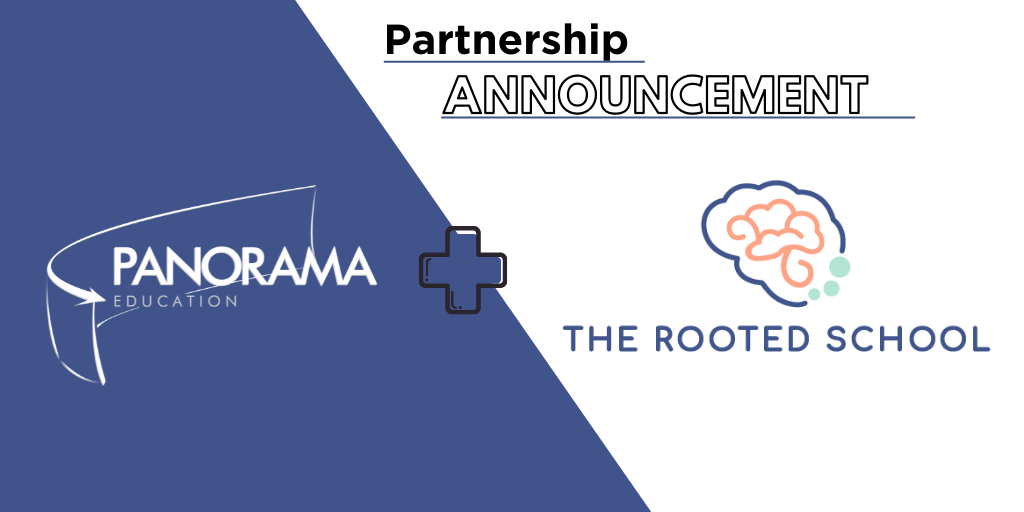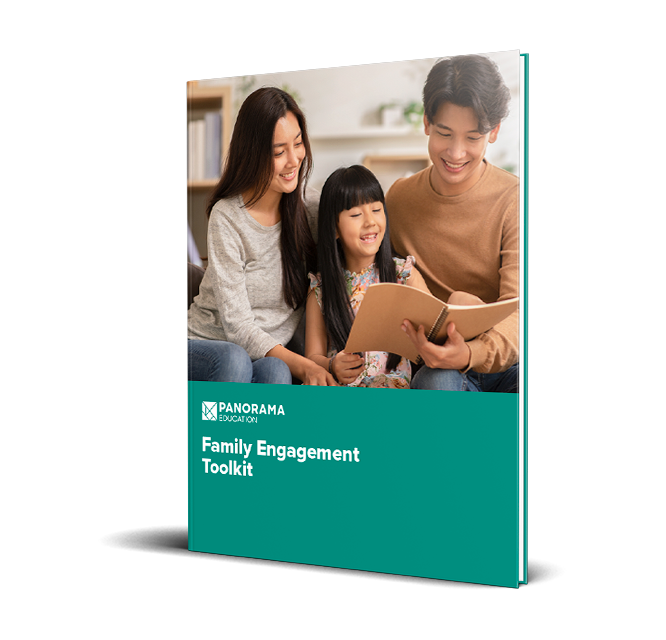As school and district leaders, how can we engage families in developing students' life skills at home without making it feel like “just another thing?"
Families play an essential role in fostering their children’s social skills.
We also know that families are busy. Parents and caregivers are often juggling multiple priorities, from their children’s schedules to their own work schedules. This may not be at the top of their to-do lists.
Family-school partnerships are a two-way street, but it's up to us to invite parents and caregivers into our work, to highlight the central role of life skills in their children's education, and to equip them with resources and tools to apply life skills at home.
In this post, we’ll share six strategies for working with families to extend life skills learning into the home.
Download our new Family Engagement Toolkit (survey questions and engagement strategies included)!
6 Strategies for Engaging Families
1. Start by understanding family attitudes and perceptions of life skills learning.
When establishing family-school partnerships, it's important to meet families where they are. Seek to understand where parents are coming from, what their hopes and dreams are for their children, and the role that they think social skills play in their children's learning.
Reach out to your school community to learn:
- How might a parent define "life skills"?
- Are families aware of any ongoing school programs in this area?
- Are teachers regularly sharing information about the programs that are being implemented in the classroom?
- How do caregivers think about their child’s social development in relation to academic achievement?
Family surveys, home visits, open houses, or parent-teacher conferences are great ways to learn about families, gather feedback, and connect with them on a more personal level.
2. Establish avenues for two-way communication with families.
Consistent, two-way communication with families can help build a common understanding of life skills learning and ensure that parents feel included (and heard) in decision-making processes. It can also open up the door for families to provide timely and continuous feedback to schools.
For example, weekly or monthly newsletters (physical or digital) are a great channel for sharing information about programming, specific skills that are being worked on, and practical tips on how to extend student’s social development into the home. Better yet, you can invite families to submit articles or activities that have worked well for them at home, and that they would like to share with other families.
It’s also important to communicate clearly with families about classroom norms, behavior guidelines, and the specific terms that educators are using with their children (e.g., growth mindset). This can keep parents informed, prevent miscommunications, and establish a shared language between the classroom and the home.
3. Invite families to participate in school- and district- wide initiatives.
The voices of caregivers and family members need to be heard and truly honored. There is a lot to learn from strategies that families are already using to support positive youth development.
Consider these ideas for elevating family voices and increasing parental involvement in your school district’s goal-setting and planning efforts:
- Reserve seats for caregivers in your school- or district-wide teams, councils, or committees. Invite families to contribute to goals, participate in the selection and implementation of programming, and participate in learning opportunities (such as professional development or speaking engagements).
- Provide caregivers with a list of questions to ask during parent-teacher conferences to learn more about ongoing initiatives and to advocate for their child. Teachers and school leaders can also check-in with families by inviting them to generate goals for their own children.
- Ensure that materials are available in multiple languages and mediums (e.g., print, online).
- Ask families to share rituals, strategies, or activities that they are using in the home.
4. Create a family center or resource library to share tools and guidance.
Consider providing a physical (or virtual) space where family members can access resources, books, FAQs, and upcoming events related to life skills programming. This can help them feel welcome at their child’s school and reinforce that you value their role in their child’s social growth.
When designing this type of space, be sure to include materials and information that are equal parts inviting and informative, such as:
- Copies of materials being used in the classroom.
- Books about the same skills and competencies that administrators and teachers are focusing on at school.
- A suggestion box that allows family members to ask questions or convey interest in participating in events.
Sharing quick tips and best practices with families can also go a long way. See below for pieces of guidance you could include in newsletters, parent-teacher conferences, and other communication channels.
Quick Social Skills Tips to Share with Families
|
5. If you gather student survey data, consider sharing the data with families.
Today, many school districts are measuring students' life skills to learn about students' relationships with teachers, their sense of belonging, safety at school, and growth on key competencies.
Proactively sharing this data with caregivers can be an effective way to engage families in ongoing efforts. Not only can it build family buy-in for measuring life skills, but it can also anchor conversations in what students are telling us.
When reviewing student-level survey reports with families, we recommend focusing on two trends:
- Area of strength: What social strengths does this student exemplify? How does the data further confirm this? Is this a strength that the student always shows? How can the student harness this strength to further help them grow?
- Area of growth: What social skills should this student focus on? How does the data further confirm this? If the student masters this skill, what will that mean for their future?
6. Prioritize learning opportunities for staff that focus on partnering with families.
Professional development on parental engagement can build the capacity of school staff to cultivate deeper relationships with caregivers—and, in turn, form better partnerships with families. Specialized training can also help district and school teams walk away with actionable "do-now" strategies for partnering with families.
In addition to offering expert-led workshops, consider creating school-based networking events for teachers and school staff. For example, a monthly lunch meeting could bring teachers together to ask questions, share challenges, and talk about successful strategies for engaging family members in life and social skills programs.







